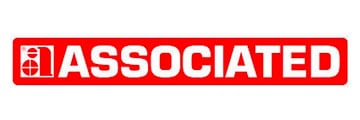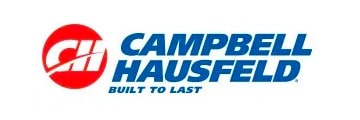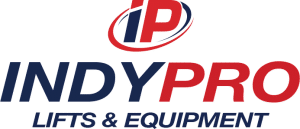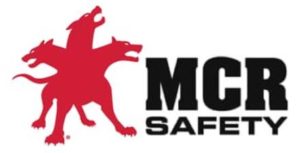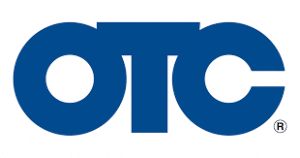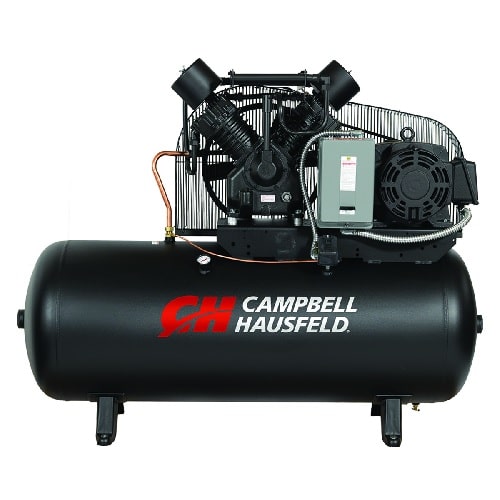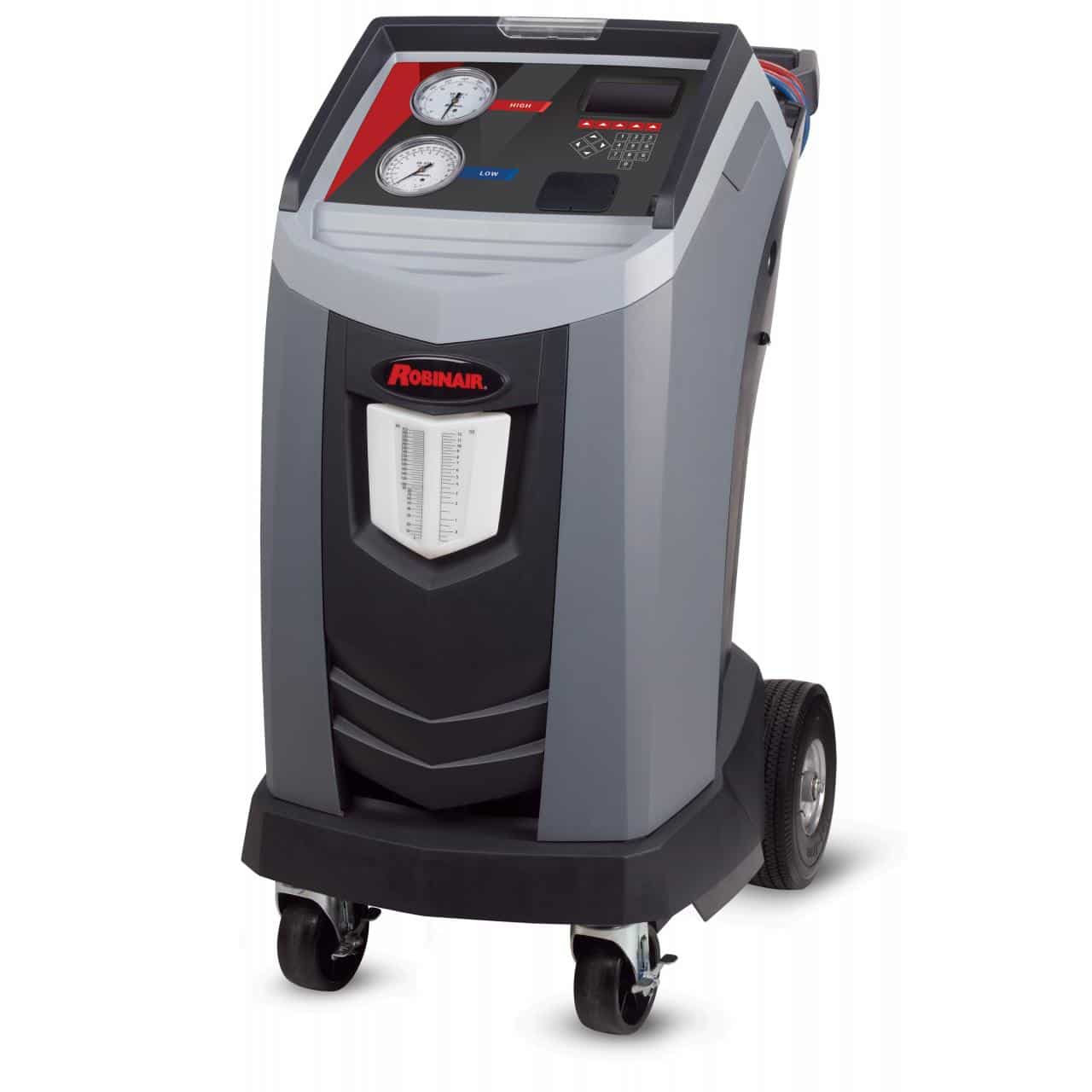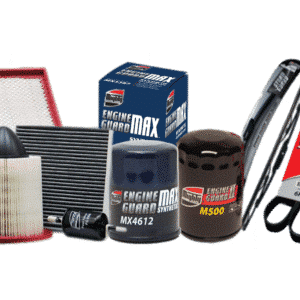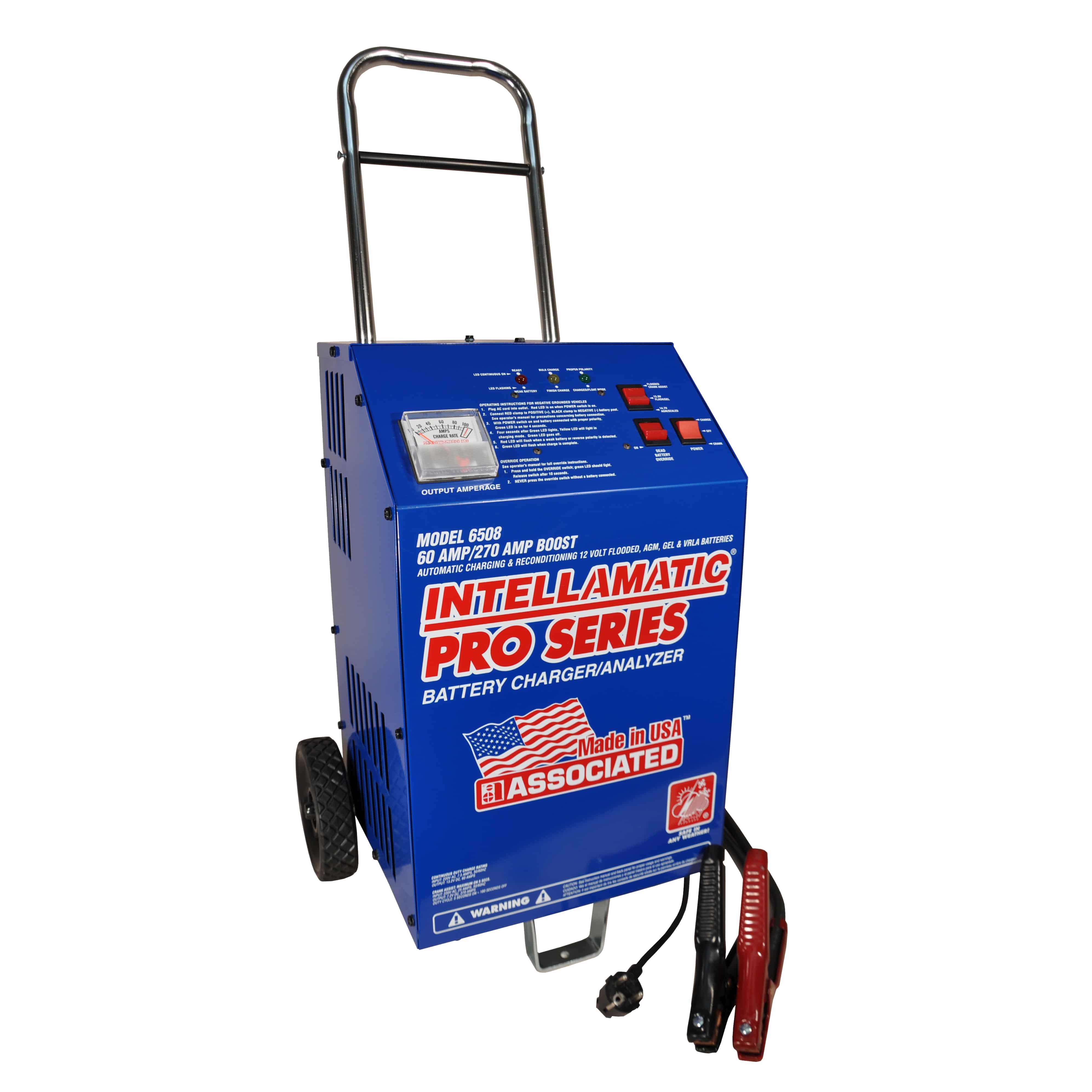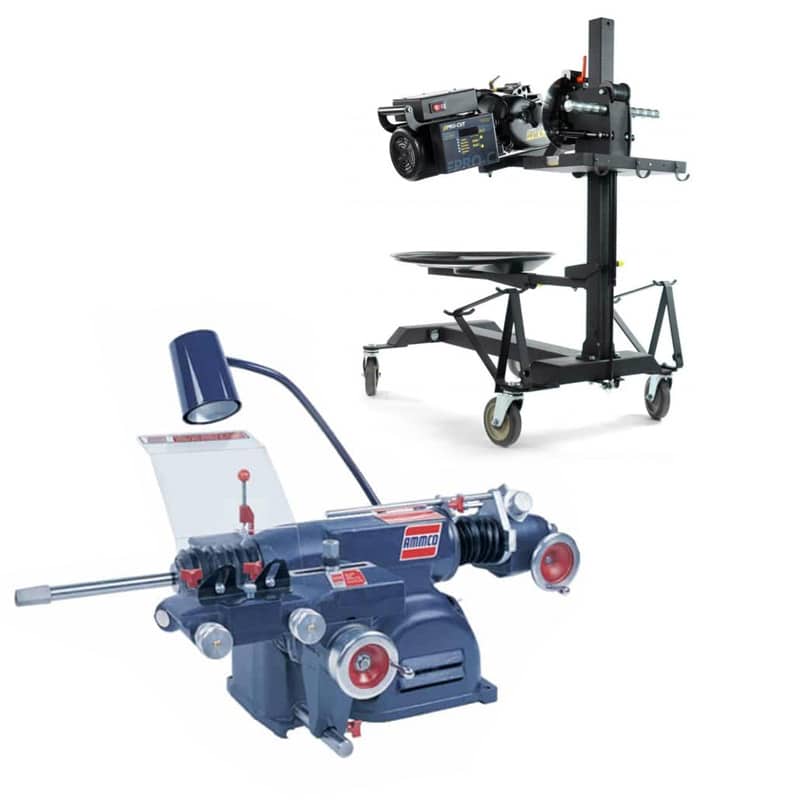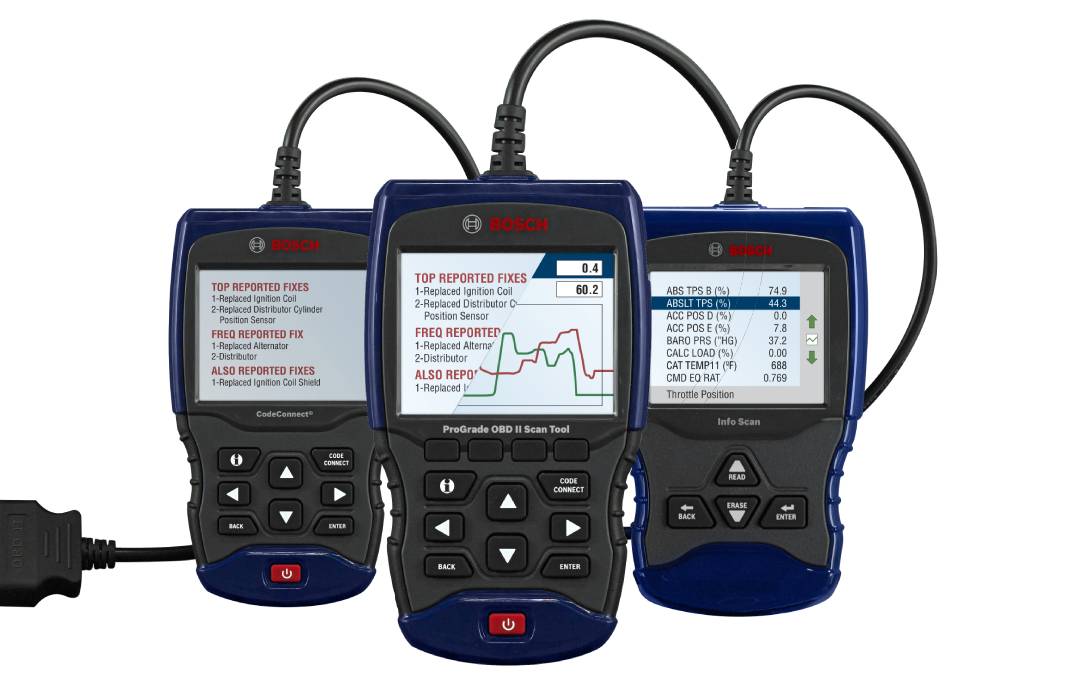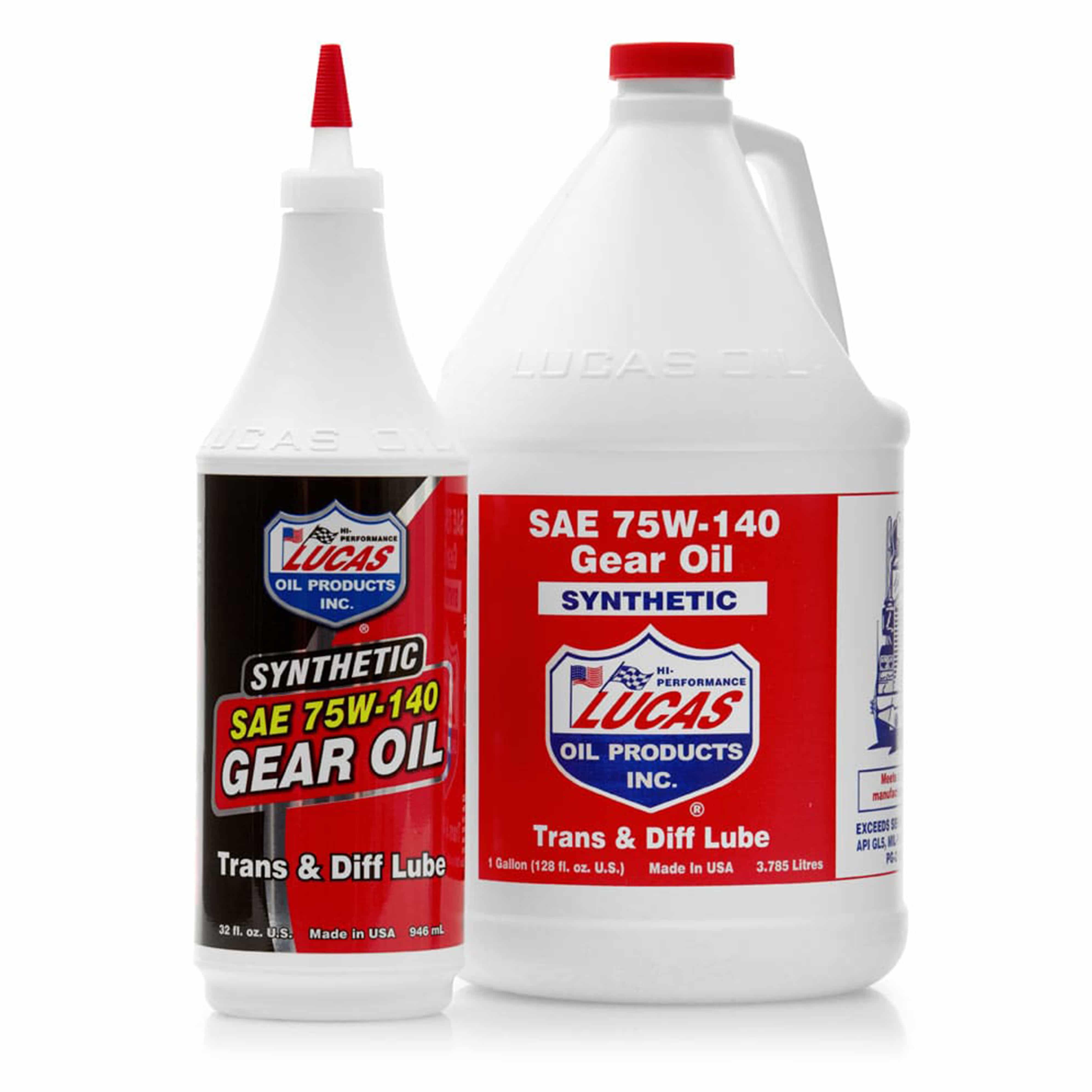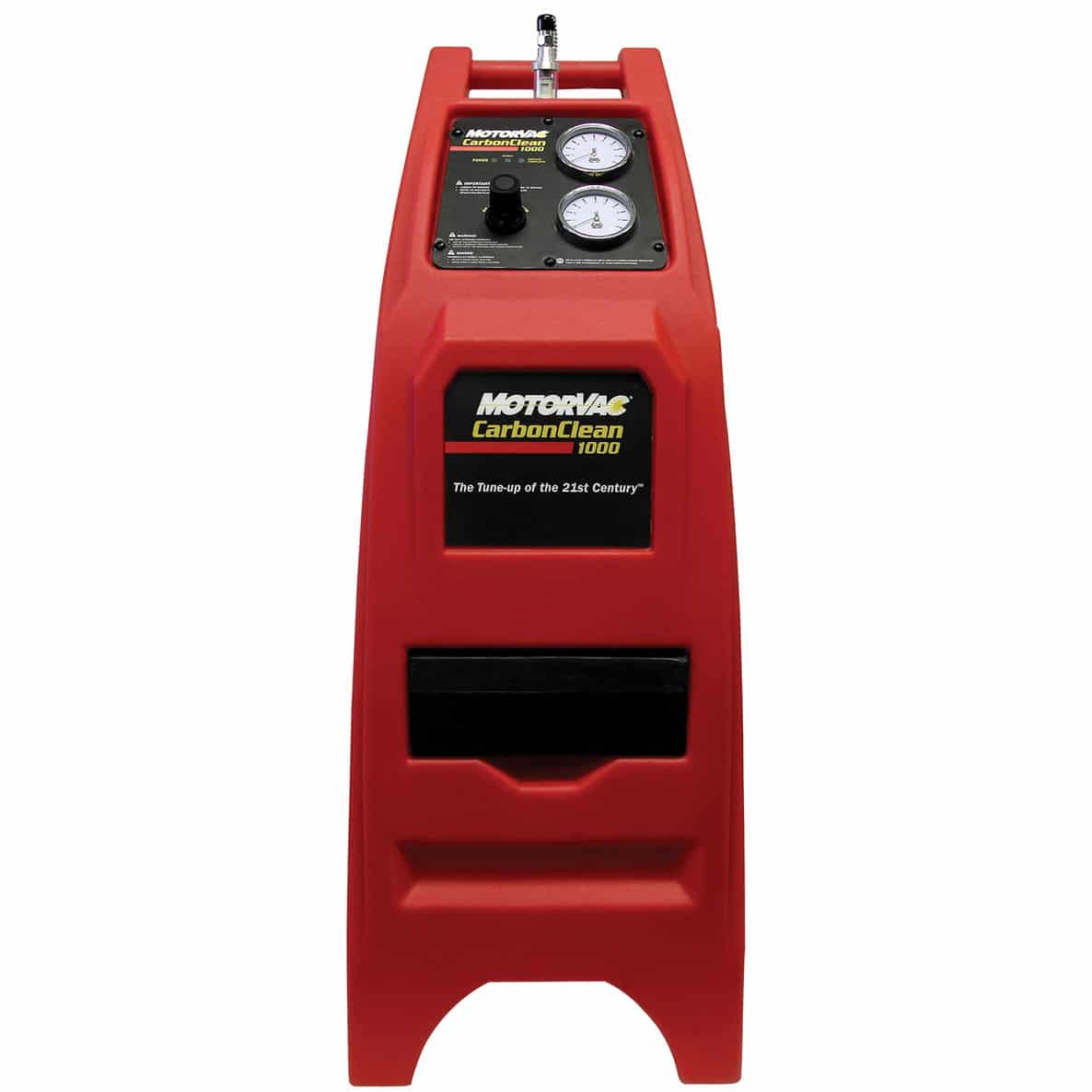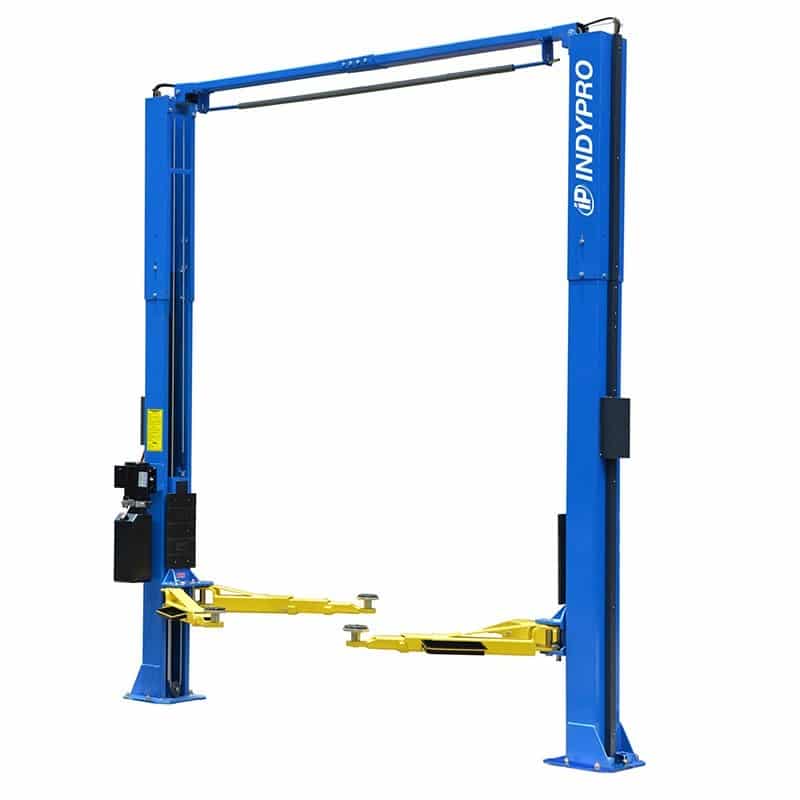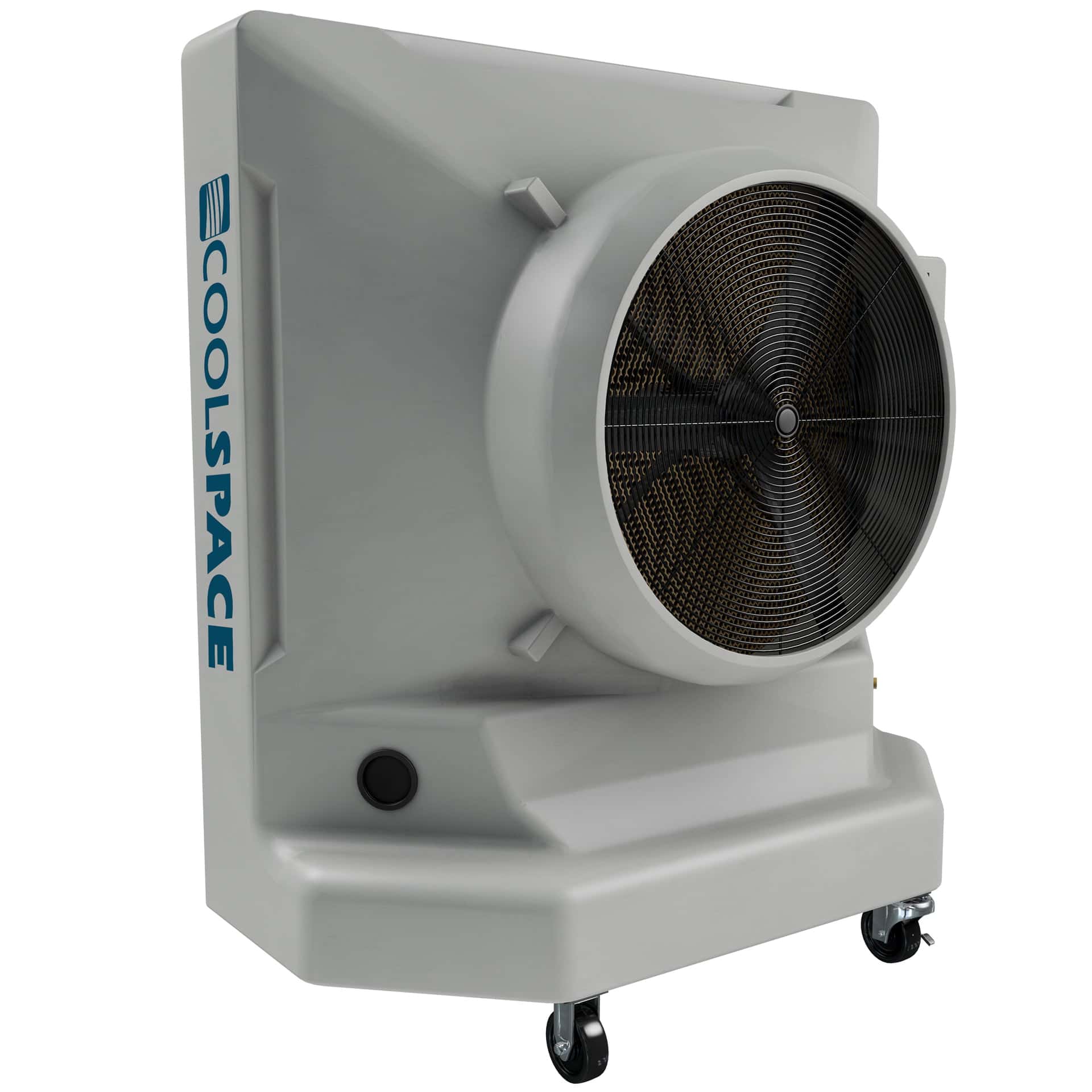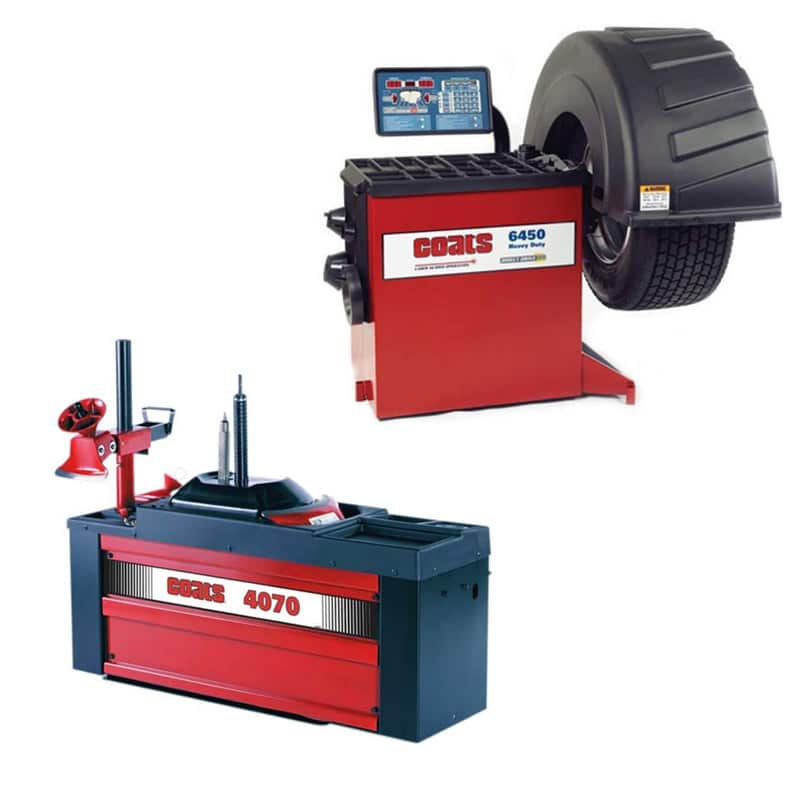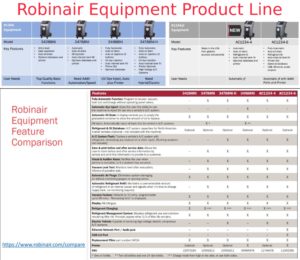R134A Refrigerant Will Not Be Used Anymore In 2021 In MY Vehicles
USA law requires elimination of R134a in new cars by 2021, Proposed rules will also affect Medium/Heavy Duty vehicles (includes Medium Duty trucks, 250-350or 2500-3500 pick-ups, and Heavy-Duty vans).
The automotive air-conditioning industry changeover to low global warming R-1234yf involves a lot more than new fittings and a more robust evaporator to prevent leakage of the mildly-flammable refrigerant.
An initial group of new A/C-related SAE standards was developed
They are SAE J2843, which covers recovery, recycling and recharging (RRR) equipment for flammable refrigerants. SAE J3030, a new standard for RRR both R-134a and R-1234yf with a single machine —when the two refrigerants that are in simultaneous use.
J2851, which defines requirements for recovery-only equipment for systems containing contaminated, R-134a or R-1234yf.
They join SAE J2788, a standard for high-efficiency recovery, recycling and high-accuracy recharging of R-134a, which has been referenced in the U.S. Clean Air Act since 2007.
What are the main differences between working on vehicles using R-134a versus R-1234yf?
The pressure/temperature relationship of R-1234yf and R-134a are very similar, so there’s nothing earthshattering with respect to the refrigeration cycle between the two refrigerants.
Systems using R-1234yf refrigerant must also use an evaporator compliant with SAE J2842.
The procedure for the recovery and recycling of R-1234yf refrigerant is a little more involved and time-consuming than before due to equipment that has more sophisticated leak and purity check capabilities.
Many R-1234yf systems also use an internal heat exchanger (IHX) not commonly found on R-134a vehicles. The IHX is integral to the low-side system plumbing and improves cooling efficiency.


